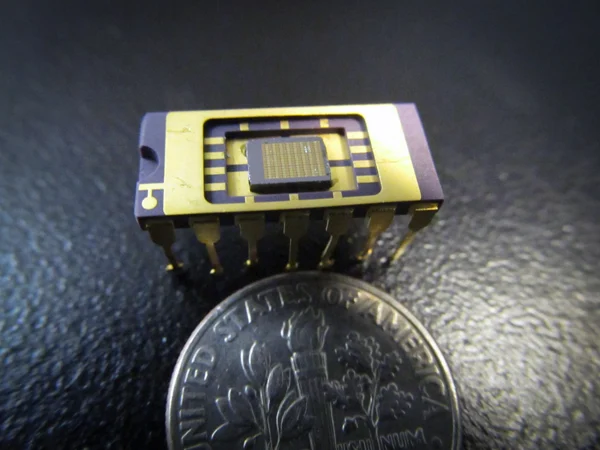Researchers at California’s Stanford University have built and demonstrated an ultrafast nanoscale light-emitting diode (LED) that consumes significantly less power than current laser-based systems.
Nevertheless, the Stanford LED is capable of transmitting data at a very rapid rate of 10 billion bits per second – and is a major step forward in providing a practical ultrafast, low-power light source for on-chip data transmission.

Unlike previous iterations which operated only at temperatures below 150 degrees Kelvin (about minus-190 degrees Fahrenheit), the new device functions perfectly well at room temperature.
“Low-power, electrically controlled light sources are vital for next-generation optical systems to meet the growing energy demands of the computer industry,” explained Jelena Vuckovic, associate professor of electrical engineering at Stanford.
“This moves us in that direction significantly, [because] our device is some 2,000 times more energy efficient than best devices in use today.”
According to Gary Shambat, a Stanford doctoral candidate in electrical engineering, the device is actually classified as a “single-mode LED,” a special type of diode that emits light more or less at a single wavelength, much like a laser.
“Traditionally, engineers have thought only lasers can communicate at high data rates and ultralow power,” said Shambat.
“[Yet] our nanophotonic, single-mode LED can perform all the same tasks as lasers, but at much lower power.”
Both Vuckovic and Shambat noted that nanophotonics was “key” to the technology, as the engineers inserted little islands of the light-emitting material indium arsenide, which, when pulsed with electricity, produce light.
These “quantum dots” are surrounded by photonic crystal (an array of tiny holes etched in a semiconductor) which serve as a mirror that bounces the light toward the center of the device – confining it inside the LED and forcing it to resonate at a single frequency.
“In other words, it becomes single-mode… Without these nanophotonic ingredients – the quantum dots and the photonic crystal – it is impossible to make an LED efficient, single-mode and fast all at the same time,” added Vuckovic.






